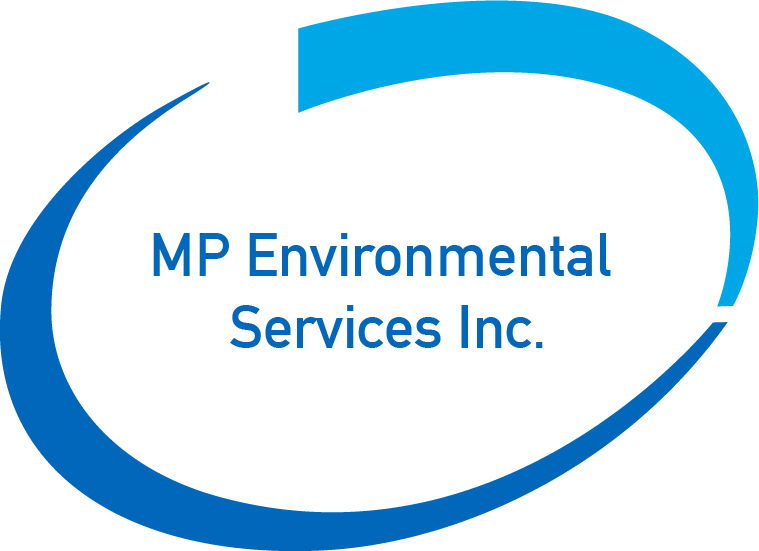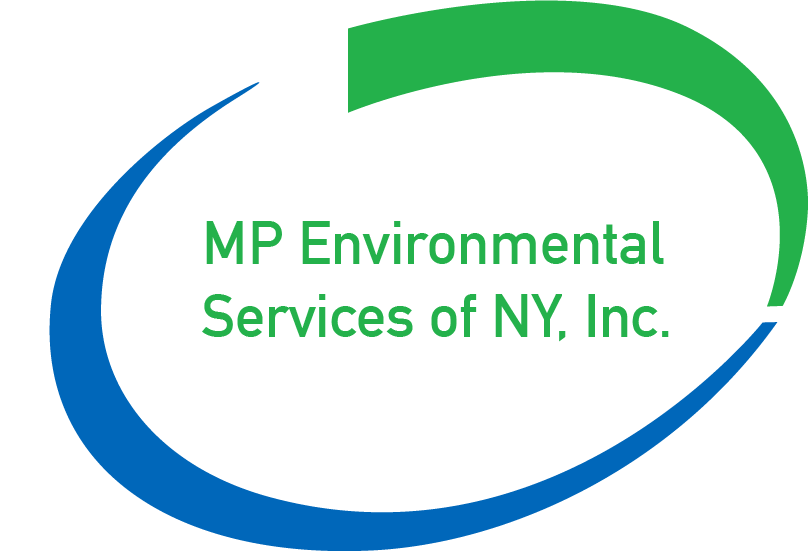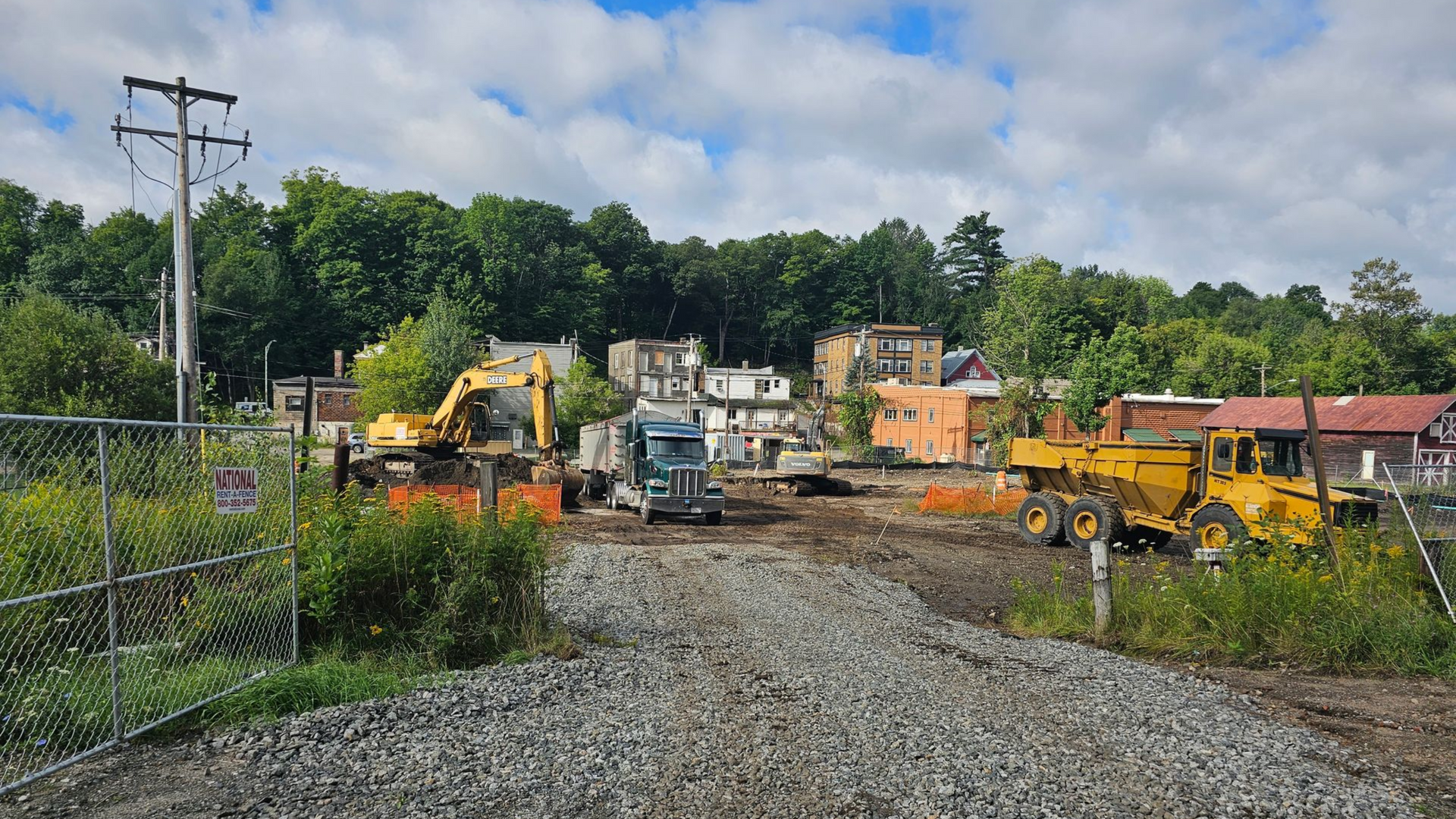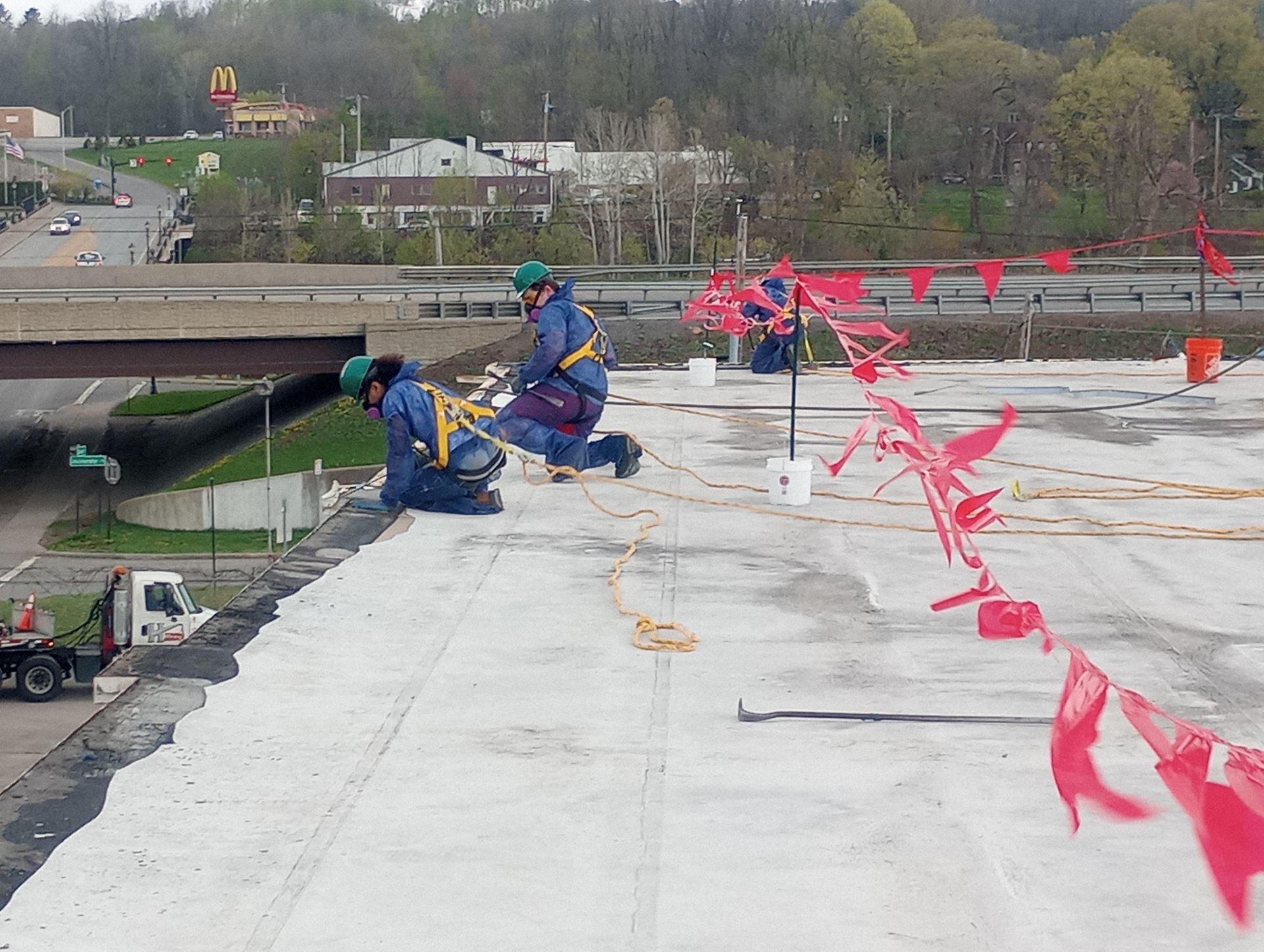Lead Safety in Educational Settings: A Guide for Schools and Childcare Providers
Protecting Young Minds Starts with Safer Spaces.

Creating safe, supportive spaces for children starts with the environment they learn and grow in. While many improvements have been made over the years, lead remains a concern in older buildings, especially in schools, daycares, and early childhood facilities built before 1978.
At MP Environmental, we believe in proactive solutions backed by education and expert support. If you manage a school, childcare center, or community facility, here's what you need to know about lead risks—and how you can take smart, effective steps to address them.
Why Lead Safety Matters in Educational Settings
Lead was once a common ingredient in paint, pipes, and building materials. While it's no longer used in construction, many older facilities still contain legacy materials that can become an issue over time.
Children are more susceptible to environmental exposures for several reasons:
- Their bodies are still developing
- They absorb lead more easily than adults
- They frequently come into contact with surfaces and objects as part of natural play and exploration
Over time, even low levels of lead can impact:
- Learning and behavior
- Attention and focus
- Physical development and growth
The good news: with the right approach, these risks are manageable, and prevention is entirely possible.
Where Lead is Most Commonly Found in Older Facilities
Understanding where lead might exist is a key first step. Common sources include:
- Lead-based paint on walls, doors, windows, and trim
- Dust and soil near older playgrounds or painted exterior walls
- Plumbing systems with lead pipes, solder, or fixtures
- Imported items, like older toys, art supplies, or furniture
Even well-maintained buildings can have hidden lead risks if aging materials haven’t been assessed recently.
Steps Schools and Childcare Facilities Can Take
Here’s a practical approach for reducing risk and supporting a healthy learning environment:
1. Schedule a Lead Assessment
Before launching any renovation or maintenance project, work with a certified environmental professional to evaluate the site. A comprehensive inspection includes paint, dust, water, and soil testing.
2. Set a Regular Testing Schedule
Lead risk isn’t a one-and-done concern. Environmental conditions change over time, and ongoing testing, especially for water quality and paint condition, helps catch issues early.
3. Create a Lead Management Plan
If lead is identified, a management plan outlines next steps, from maintenance to communication. This might include:
- Surface repairs or encapsulation
- Targeted cleaning strategies
- Transparent updates for families and staff
4. Remediate Responsibly
If removal or stabilization is needed, partner with licensed professionals who follow strict safety protocols. Proper remediation ensures safety without disrupting daily operations.
5. Support Awareness and Education
When staff and families are informed, they're better equipped to support a safe environment. Provide clear, calm communication about steps being taken and what to look for.
Partnering for Safer Spaces
Creating a healthier future for children begins with the choices we make today. Proactive testing, thoughtful planning, and professional remediation help schools and childcare providers stay compliant, confident, and committed to safety.
MP Environmental partners with schools, daycares, and community organizations across New York to assess and remediate lead risks safely, thoroughly, and in full regulatory compliance.
Let's Make Your Facility Safer Together
Whether you're planning upgrades to an older building or simply want peace of mind, we’re here to help.
Contact MP Environmental Services to schedule a lead inspection or learn more about our environmental remediation services.





